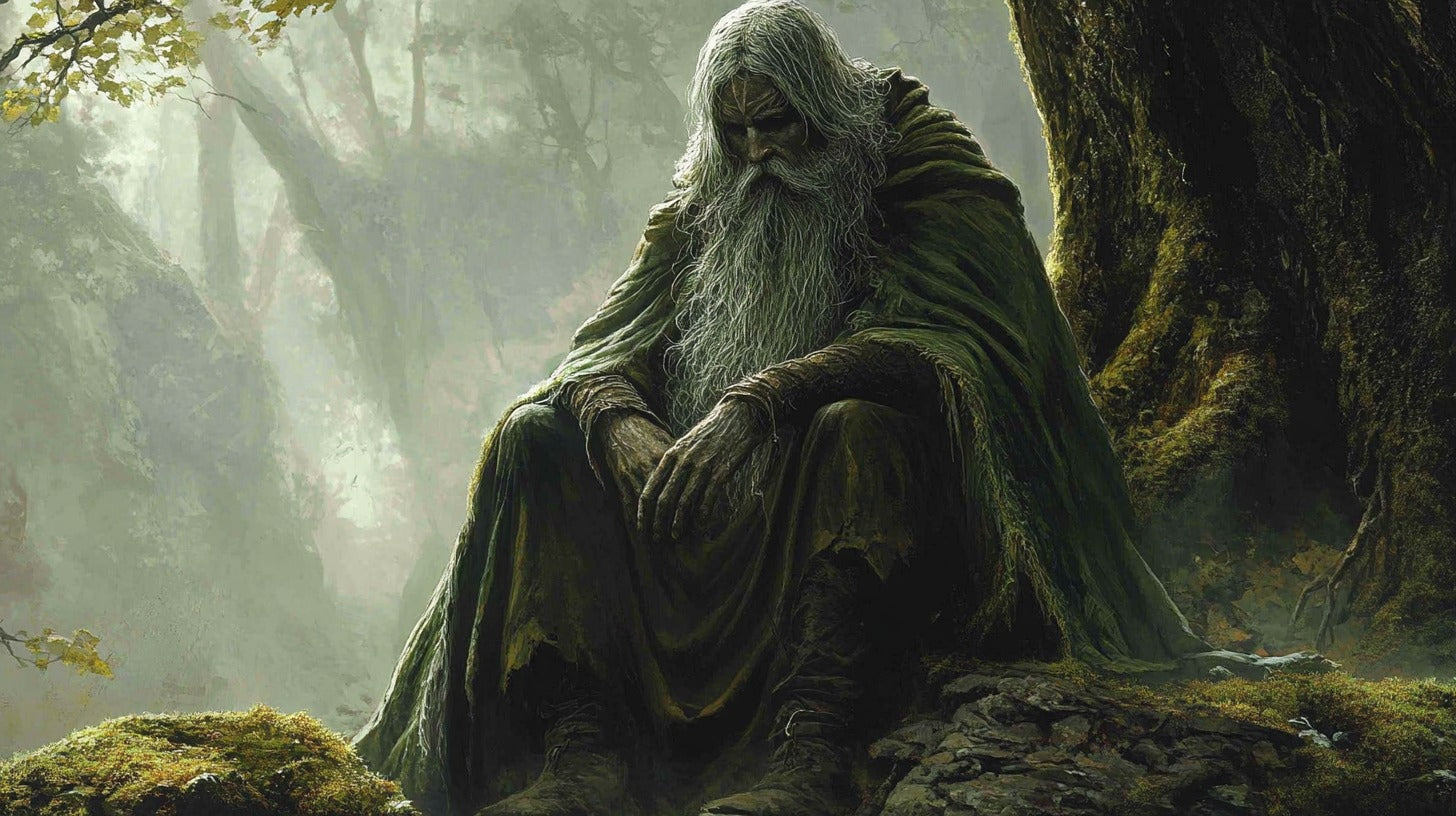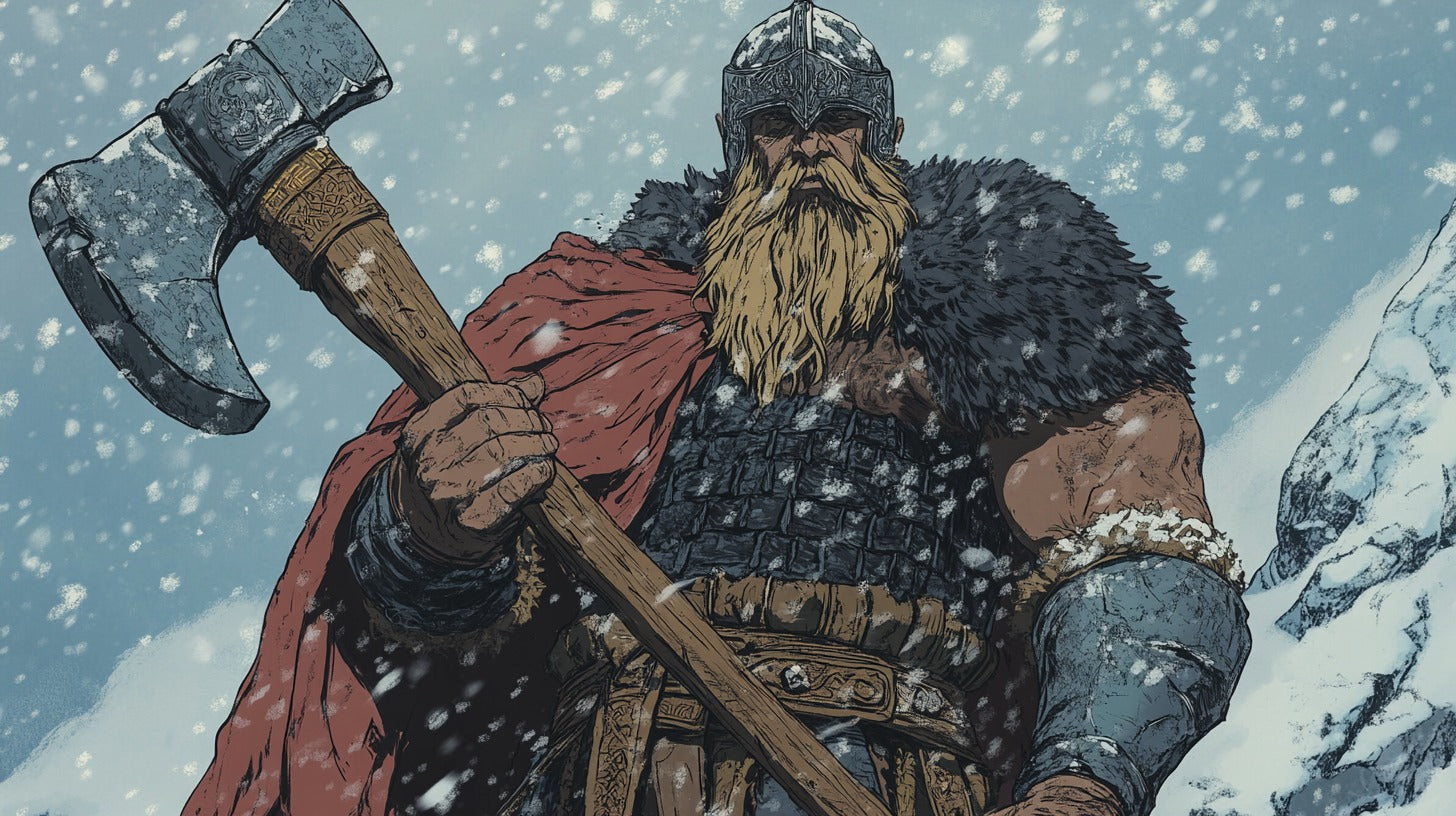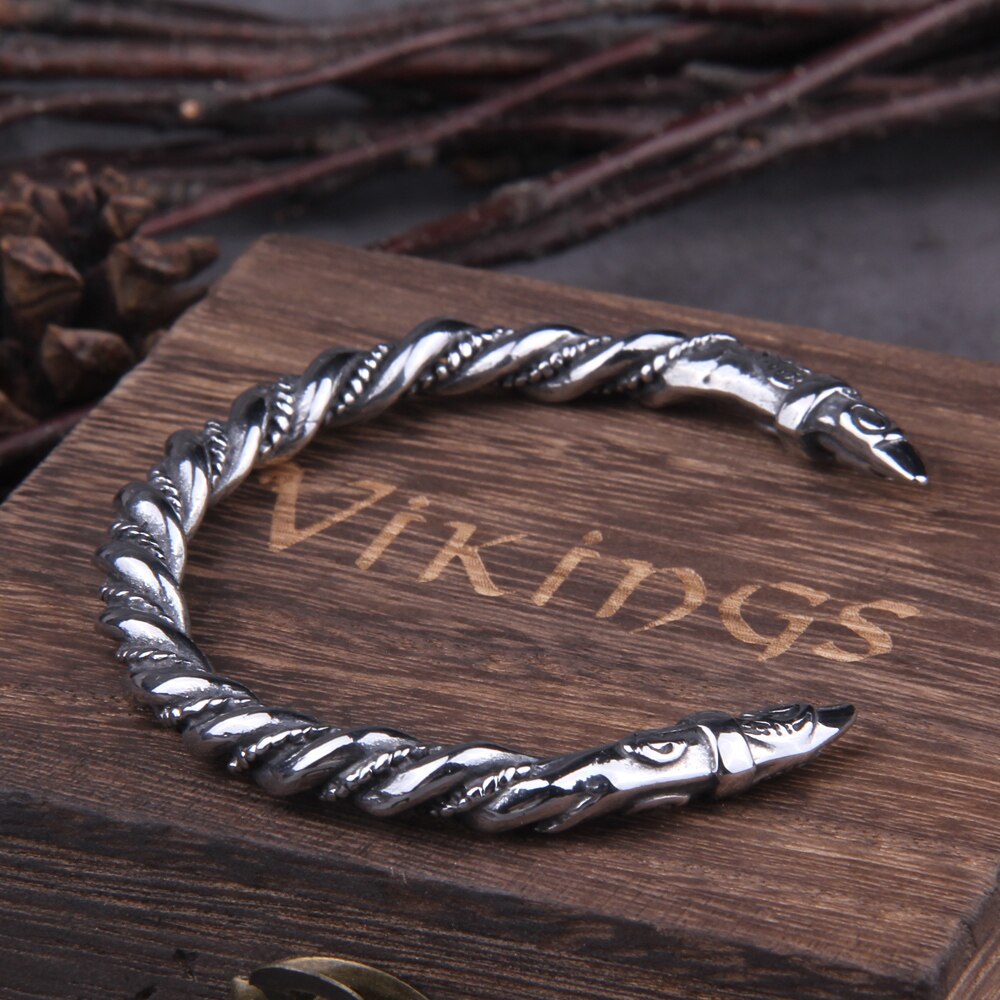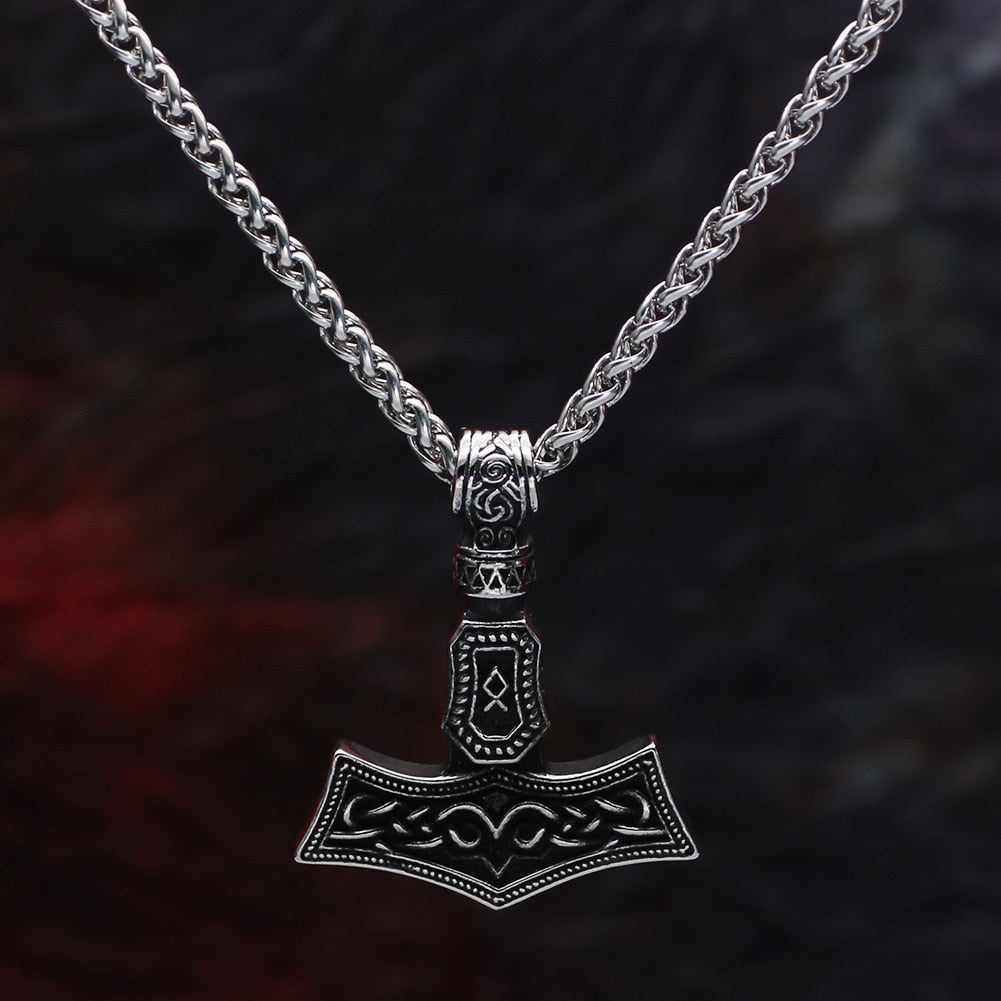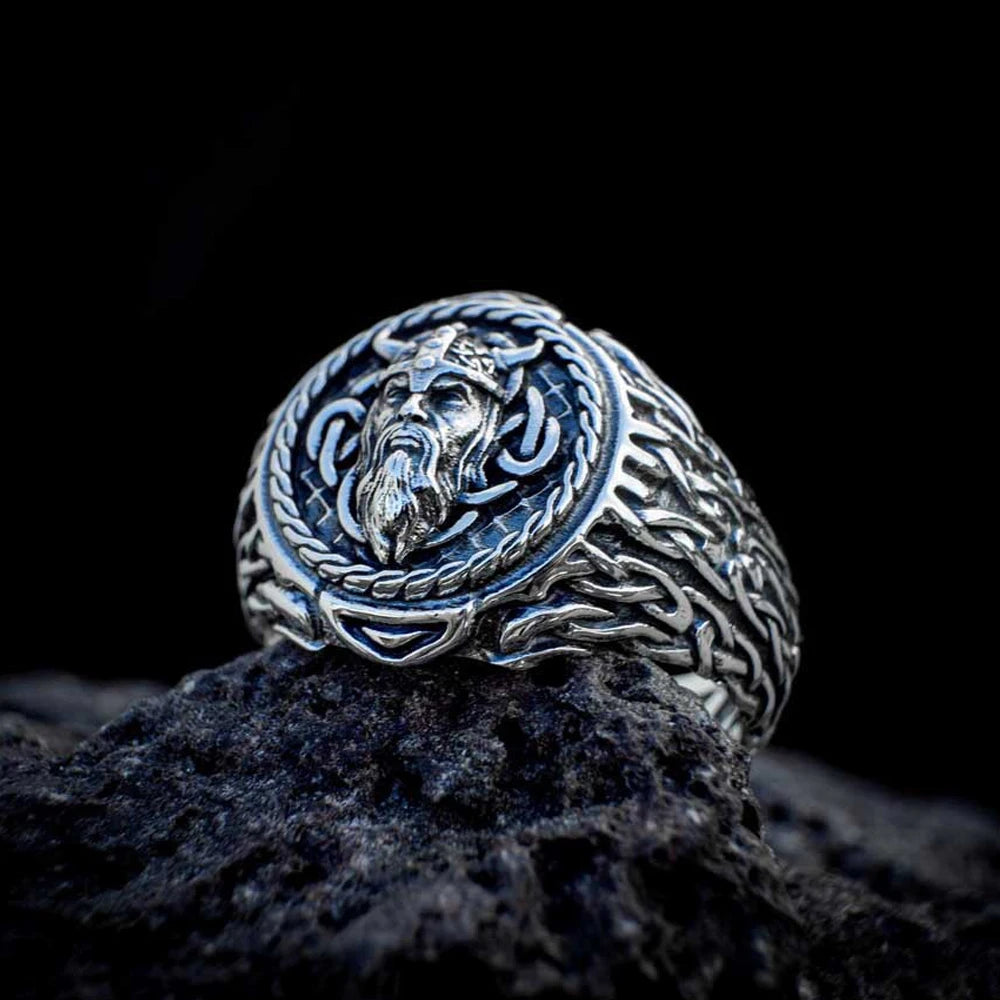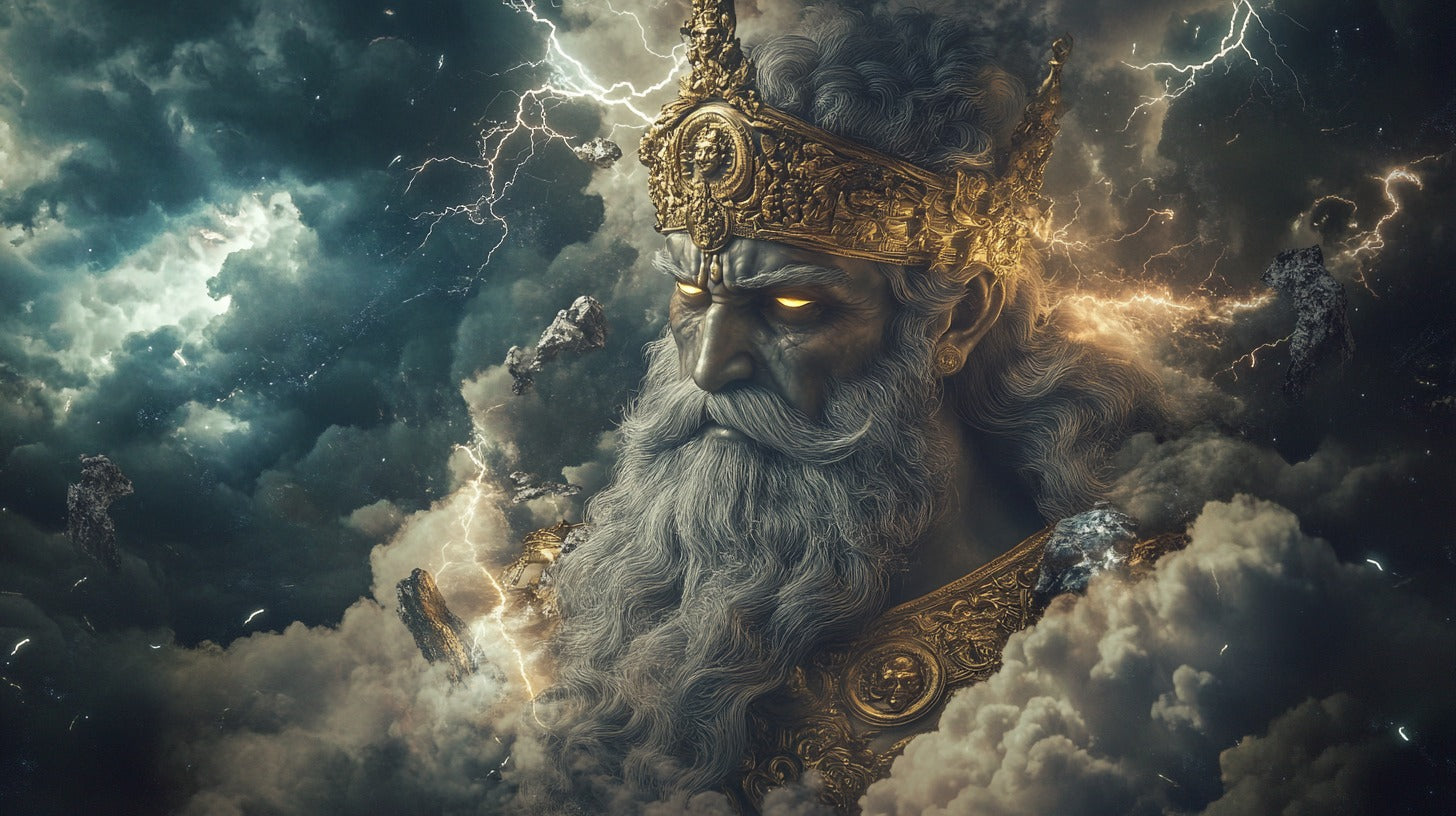
The Indo-European Sky-Father: Origins and Legacy
The Sky-Father stands as one of the most ancient and enduring figures in Indo-European mythology, a deity embodying the heavens and serving as the symbolic progenitor of gods and humanity. Rooted in the Proto-Indo-European (PIE) religion, this figure’s legacy permeates the mythologies of diverse Indo-European cultures, from Zeus in Greek lore to Dyaus in Vedic tradition. Understanding the Sky-Father offers valuable insights into the religious and cultural frameworks that defined early Indo-European societies.
Origins of the Sky-Father
The concept of the Sky-Father arises from the Proto-Indo-European linguistic root dyéus, meaning “sky” or “daylight.” This deity was perceived as the personification of the heavens, often associated with light, order, and sovereignty. Archaeological evidence, such as burial practices and symbolic artifacts, suggests that early Indo-Europeans viewed the Sky-Father as a central figure in their cosmology, representing paternal authority and the stability of natural laws.
Proto-Indo-European society was deeply rooted in pastoralism (possibly the origin of the Norse deity Auðumbla), and the Sky-Father’s role as a celestial overseer likely mirrored the hierarchical structure of these communities. He was often paired with a complementary Earth-Mother figure, symbolizing the union of sky and land, a motif central to agricultural fertility and cosmic balance.
Sky-Father Across Cultures

Statue of Juptier, ancient Rome's sky deity and ruler of the gods, located at the Vatican, Rome (Photo: Biser Todorov CC BY 4.0)
As Indo-European tribes migrated and settled across Europe and Asia, the Sky-Father evolved into culturally distinct yet fundamentally similar deities. In Greek mythology, he became Zeus, the thunder-wielding king of Olympus. The Romans revered him as Jupiter, guardian of justice and oaths. In the Norse pantheon, traces of the Sky-Father appear in Tyr, a god associated with law and order. Similarly, in the Rigveda, the ancient hymns of India, he is Dyaus Pitar, a distant yet revered figure.
These variations retained core attributes of the Sky-Father, including his dominion over the skies and association with sovereignty. The shared linguistic and thematic elements among these deities underscore the profound interconnectedness of Indo-European traditions.
Symbolism and Worship
The Sky-Father symbolized light, justice, and paternal authority, often depicted as a powerful, wise figure presiding over divine and mortal affairs. His primary associations were with natural phenomena, particularly the sky, thunder, and the celestial order. In many traditions, he wielded thunderbolts or lightning as symbols of his power and as tools for enforcing cosmic law.
Worship of the Sky-Father likely involved sacrifices, hymns, and rituals aimed at securing his favor. In Vedic tradition, for example, offerings of soma (a ritual drink) were made to Dyaus, while Zeus received libations and prayers at temples dedicated to him across Greece. These practices emphasized the deity’s role as a protector and benefactor of humanity.
Evolution Over Time
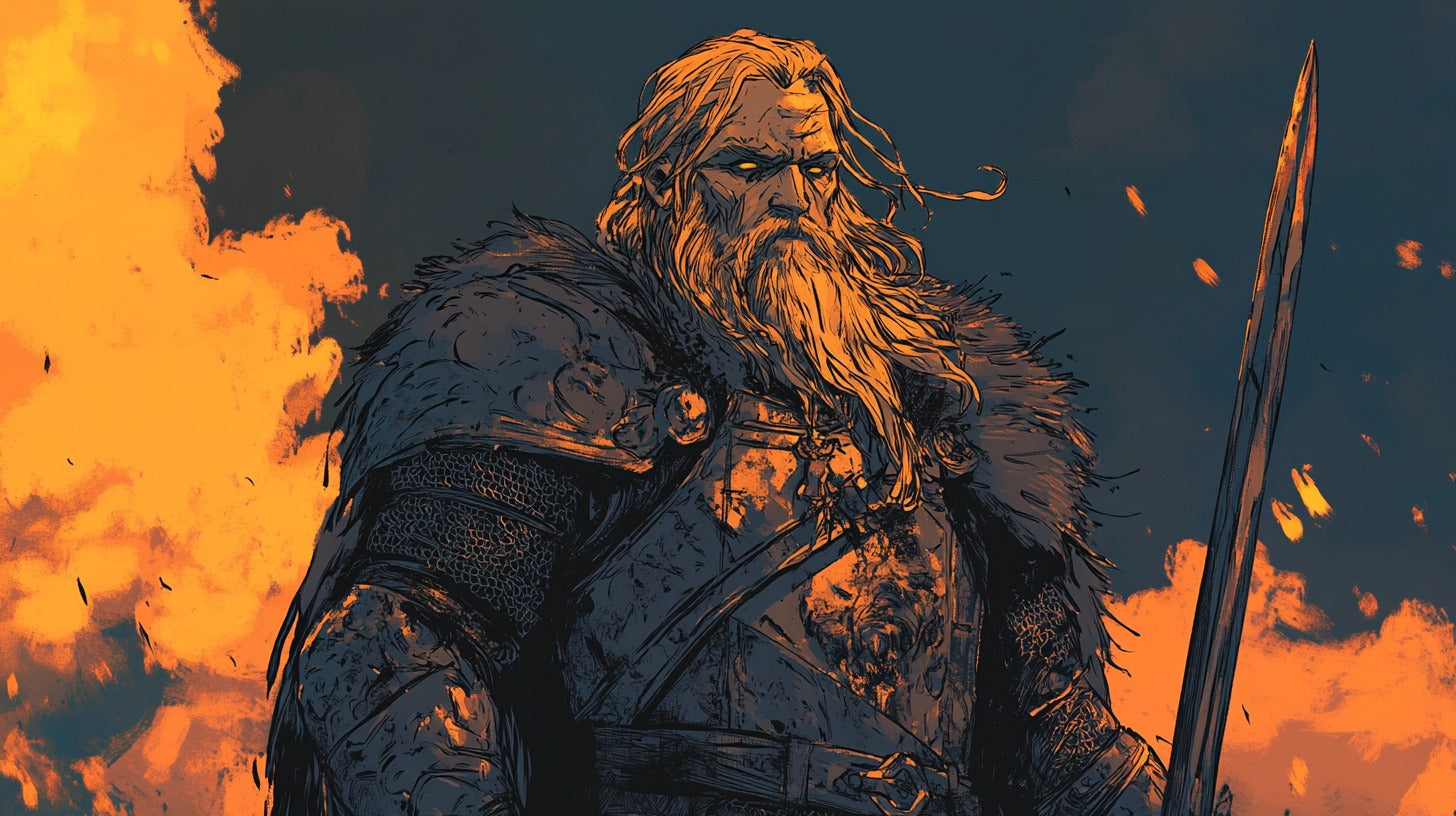
Tyr, God of War, Justice and Honour (Illustration: Paganheim)
Over centuries, the Sky-Father’s prominence shifted as Indo-European cultures evolved and new religious frameworks emerged. In some societies, his role diminished or was absorbed into more complex pantheons. For instance, Zeus in Greek mythology became part of a diverse Olympian hierarchy, while Tyr’s significance in Norse mythology waned in favour of Odin.
The rise of monotheistic religions, such as Christianity and Islam, further contributed to the decline of the Sky-Father’s worship. However, elements of his symbolism persisted, subtly influencing depictions of paternal and celestial figures in later religious and cultural contexts.
Legacy and Modern Influence
Despite the decline of direct worship, the Sky-Father’s legacy endures in language, literature, and cultural archetypes. His image as a wise, powerful father figure resonates in narratives across time, from epic poems to modern storytelling. Moreover, linguistic remnants of his name, such as the Latin Jupiter or the Sanskrit Dyaus, serve as enduring reminders of his ancient origins.
The Sky-Father’s significance extends beyond mythology, offering a lens through which to understand the shared heritage of Indo-European societies. By tracing his evolution across cultures, scholars gain insights into the values, beliefs, and connections that shaped the ancient world.
The Indo-European Sky-Father stands as a testament to the cultural and religious ingenuity of ancient societies. From the pastoral steppes of the Proto-Indo-Europeans to the grand temples of Greece and Rome, his presence reflects a shared human desire to understand and personify the forces governing the cosmos. His enduring legacy highlights the profound influence of Indo-European traditions on the development of religion, language, and culture.
Frequently Asked Questions (FAQs)
1. Who was the Indo-European Sky-Father?
The Sky-Father was a central deity in Proto-Indo-European religion, representing the heavens, light, and paternal authority.
2. How did the Sky-Father evolve across cultures?
The Sky-Father became Zeus in Greek mythology, Jupiter in Roman tradition, Dyaus in Vedic hymns, and Tyr in Norse lore, reflecting cultural adaptations of a shared archetype.
3. What was the role of the Sky-Father in Indo-European society?
He symbolized cosmic order, justice, and sovereignty, often associated with natural phenomena like the sky and thunder.
4. How was the Sky-Father worshipped?
Worship involved rituals, sacrifices, and hymns, with offerings such as soma in Vedic tradition and libations to Zeus in Greek temples.
5. What is the Sky-Father’s legacy today?
His influence persists in linguistic remnants, cultural archetypes, and the shared mythologies of Indo-European-descended societies.
